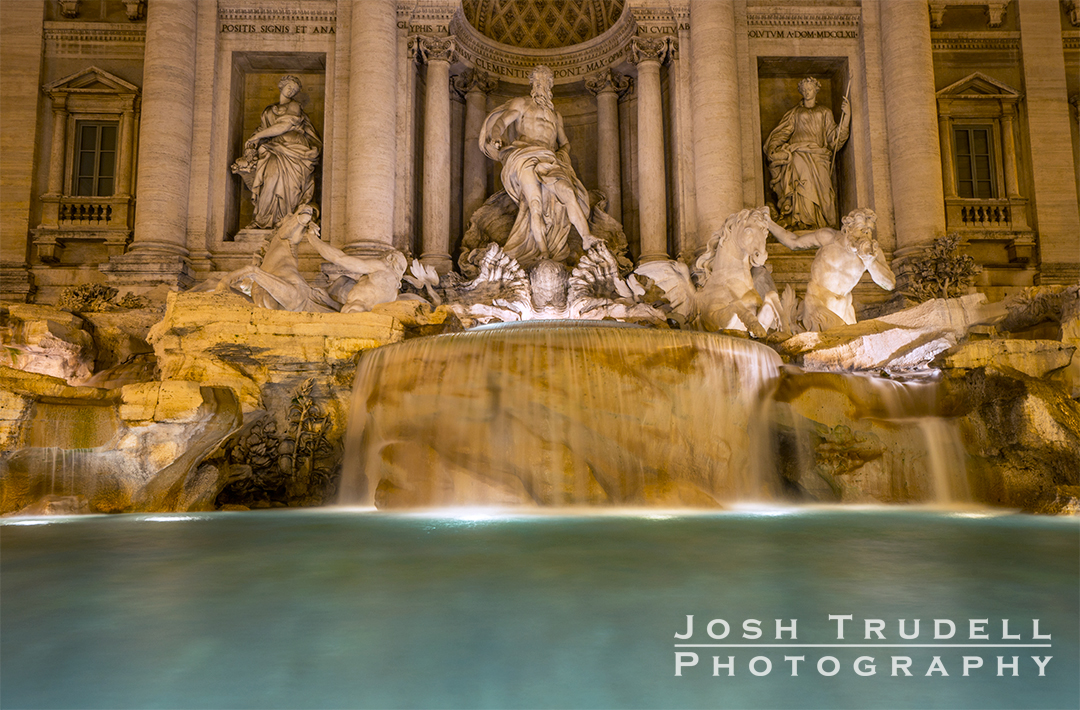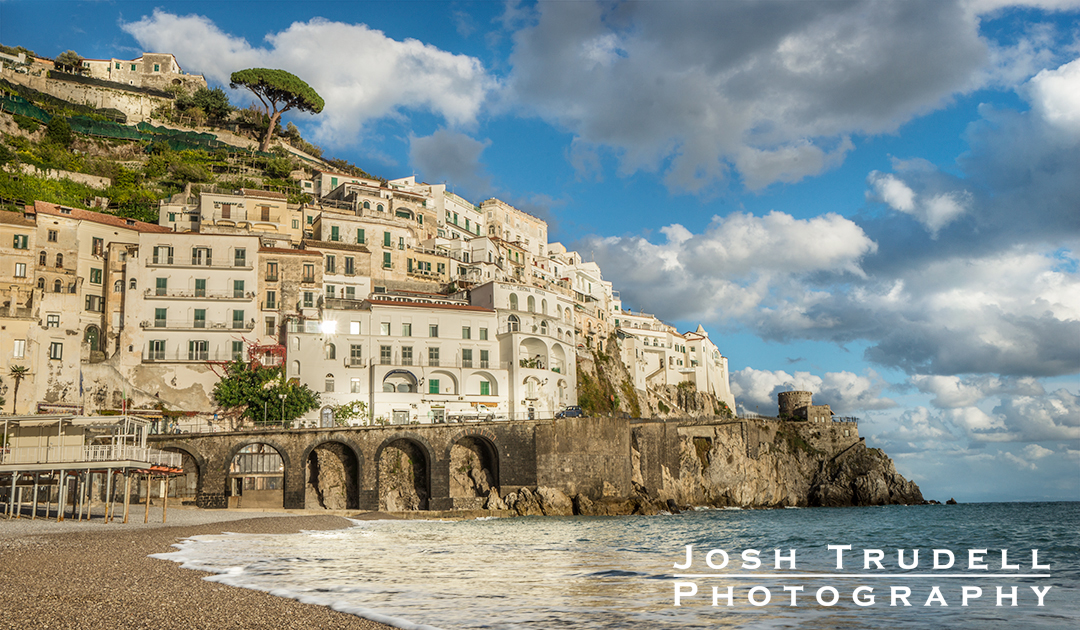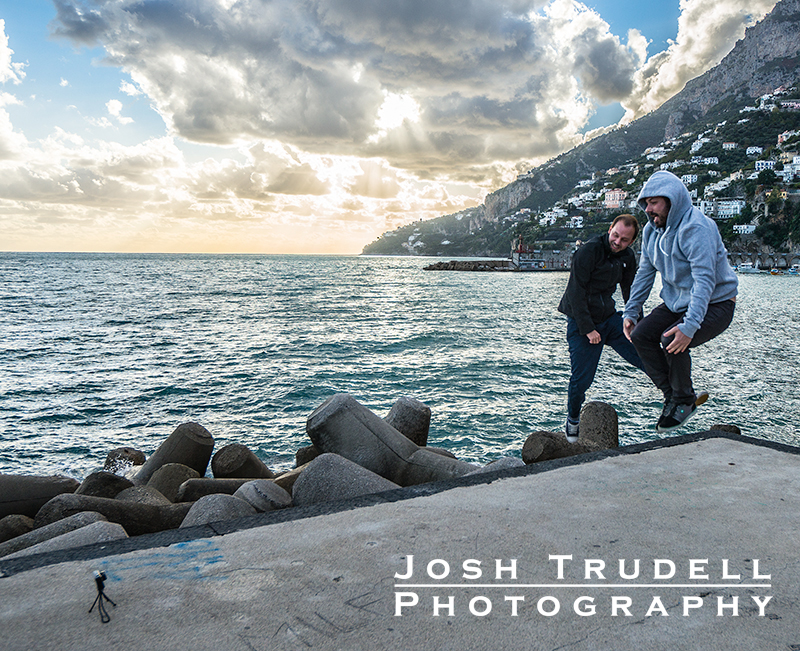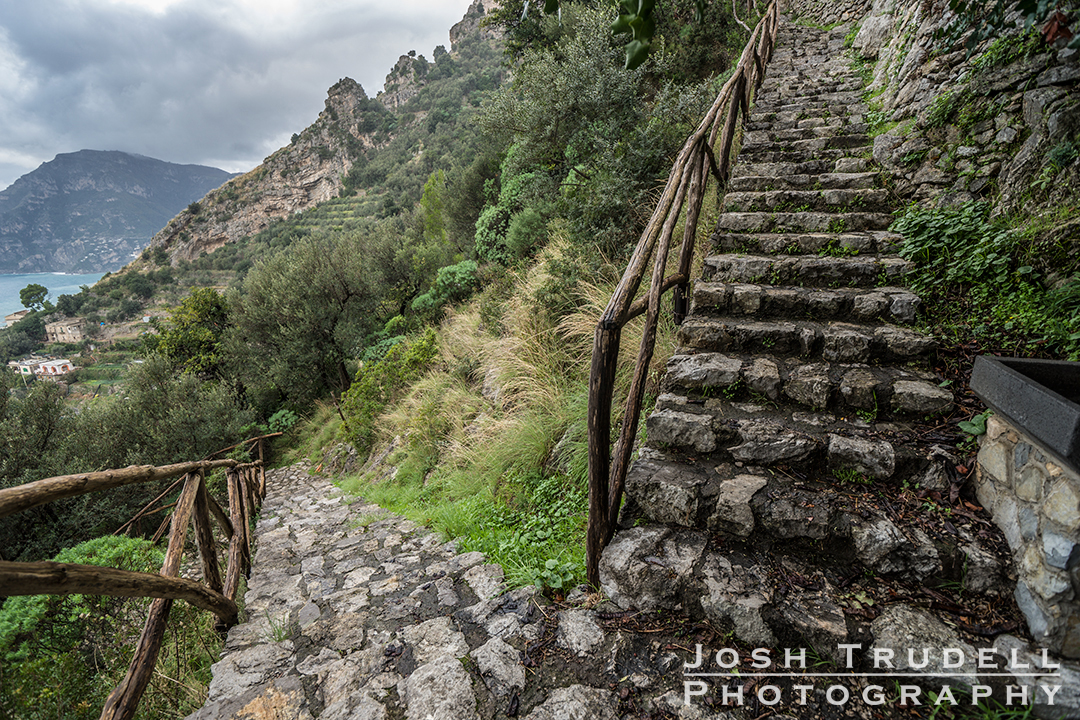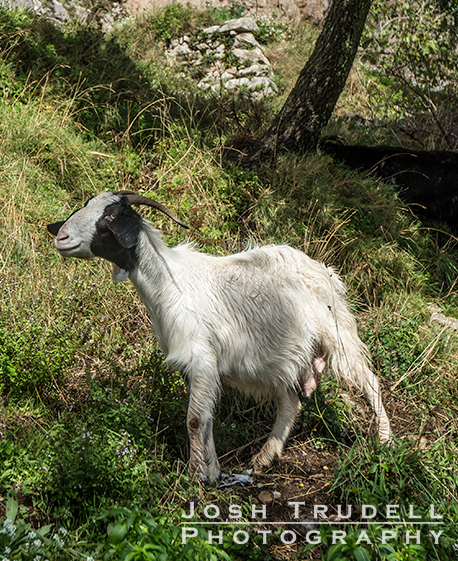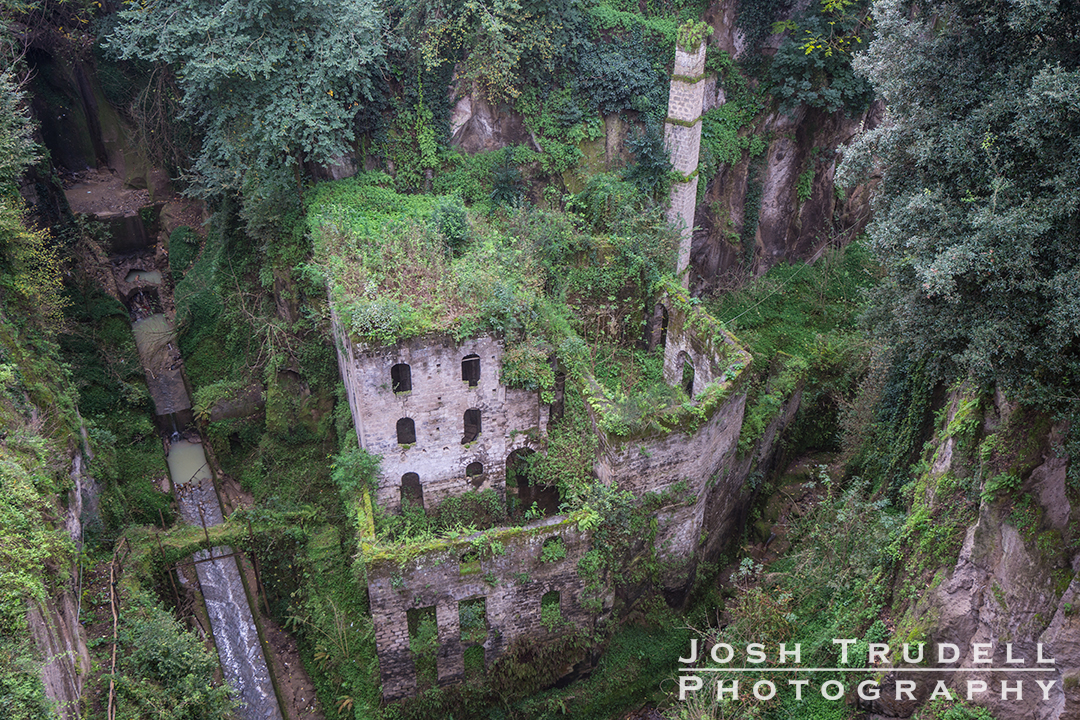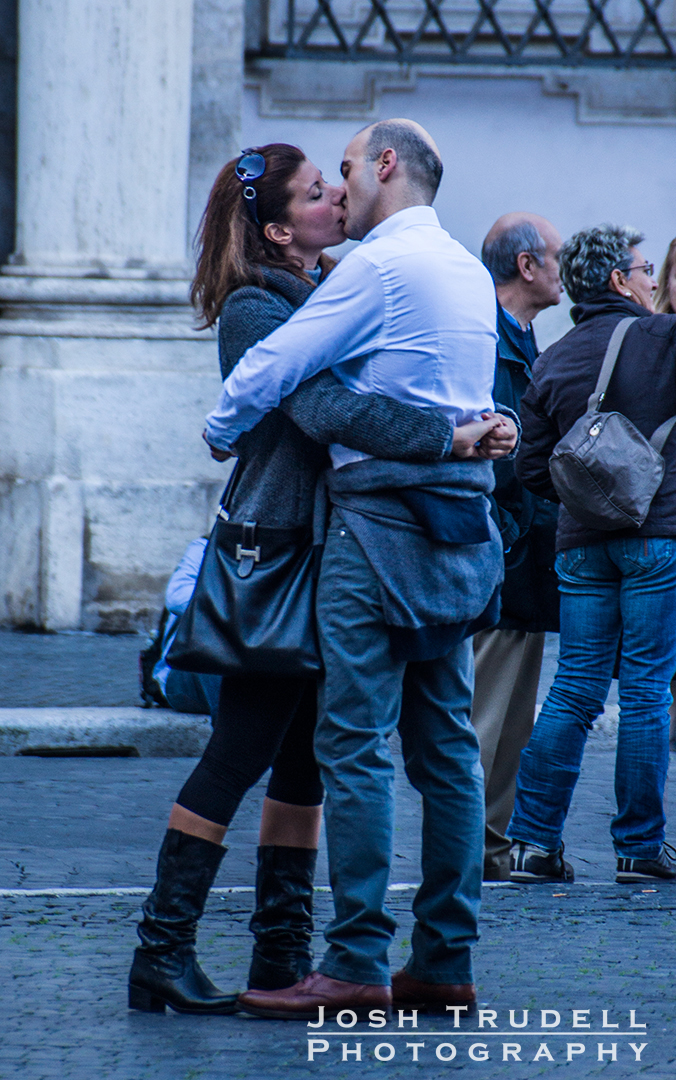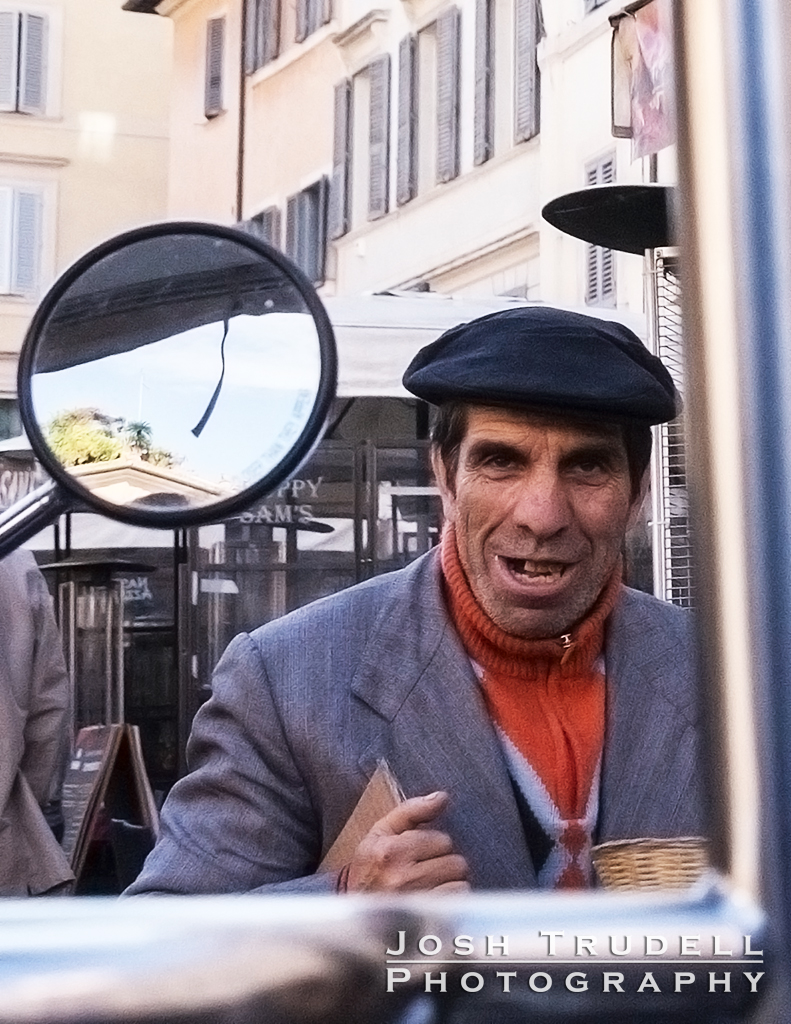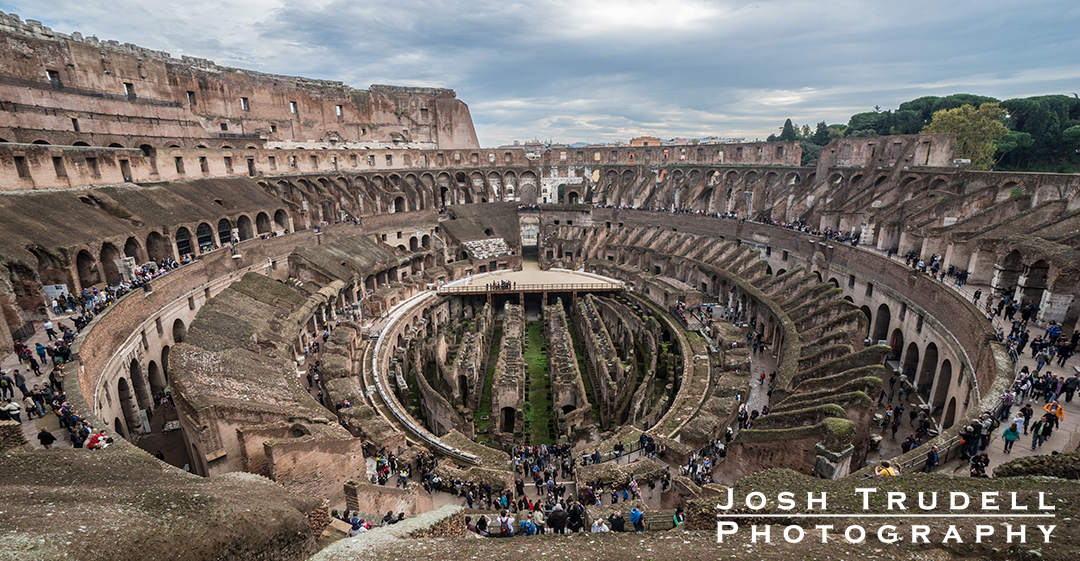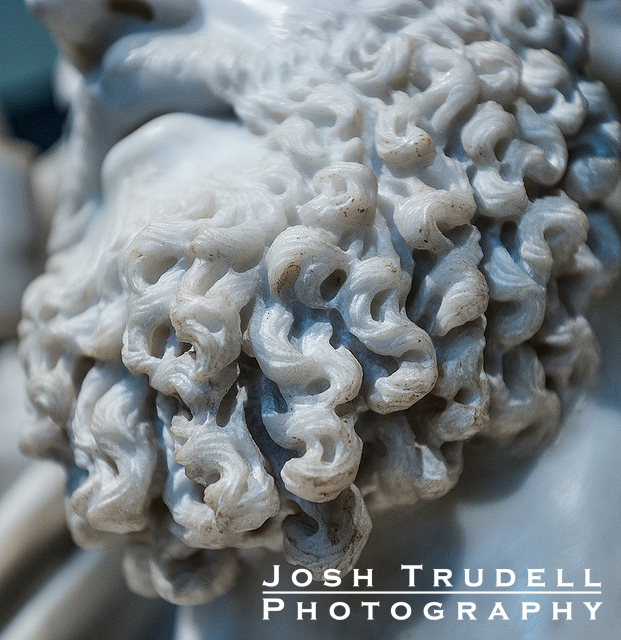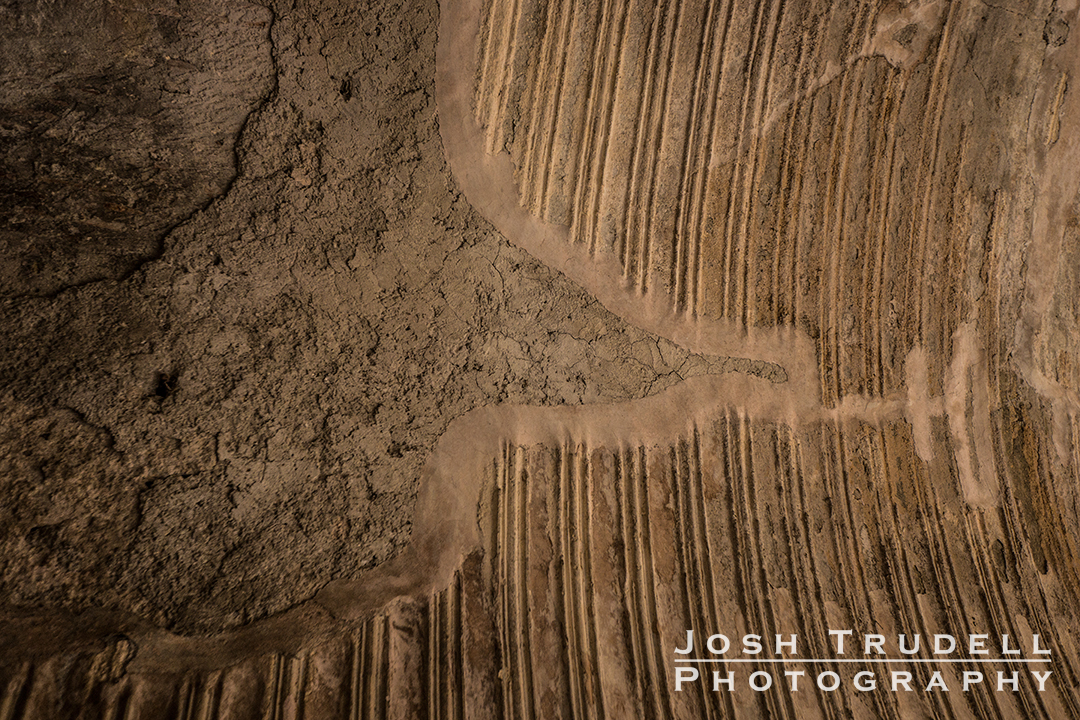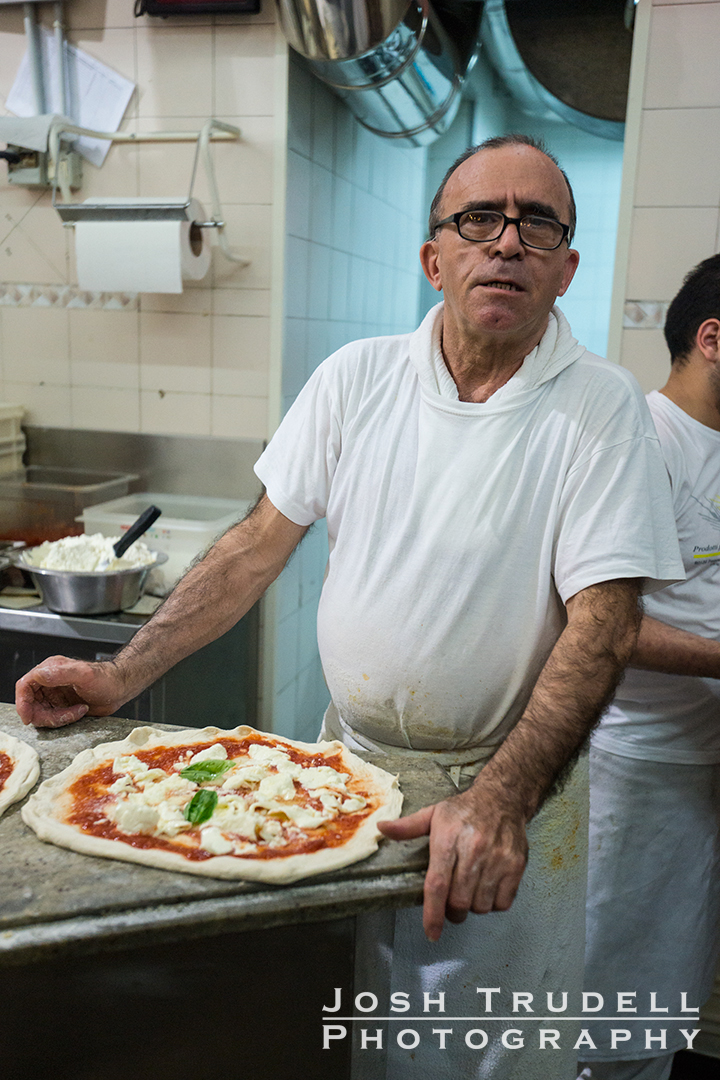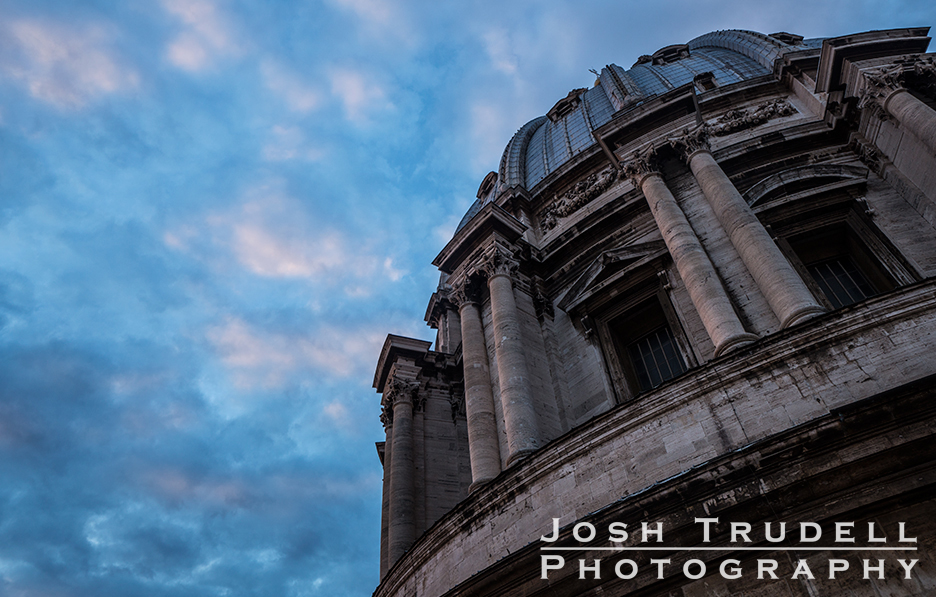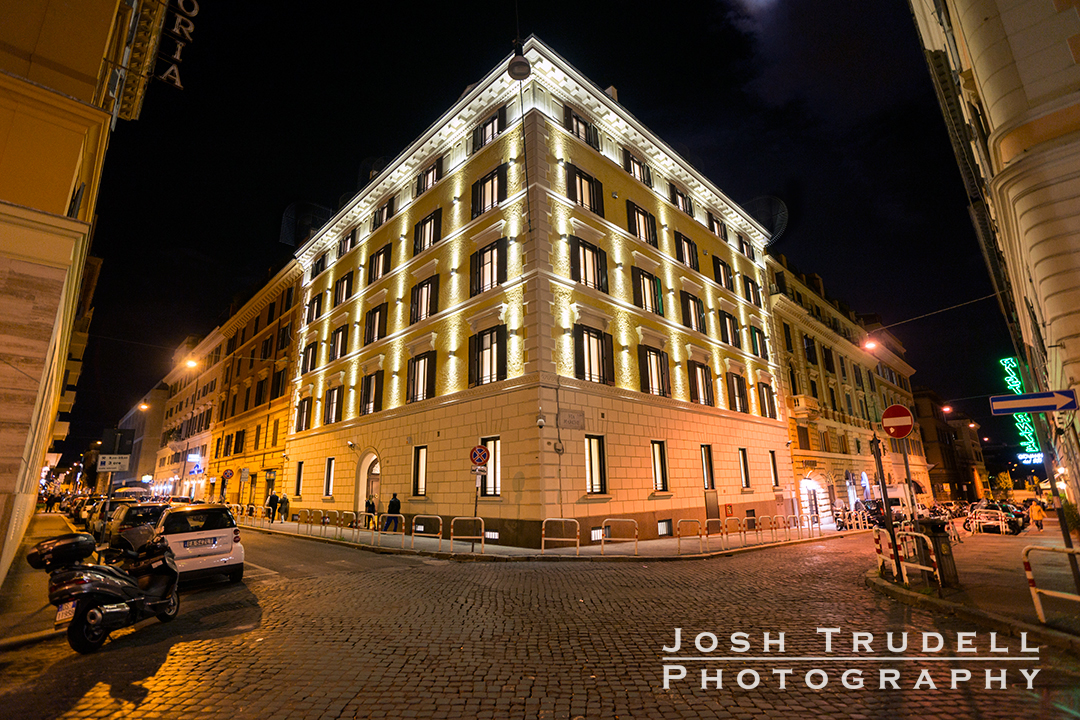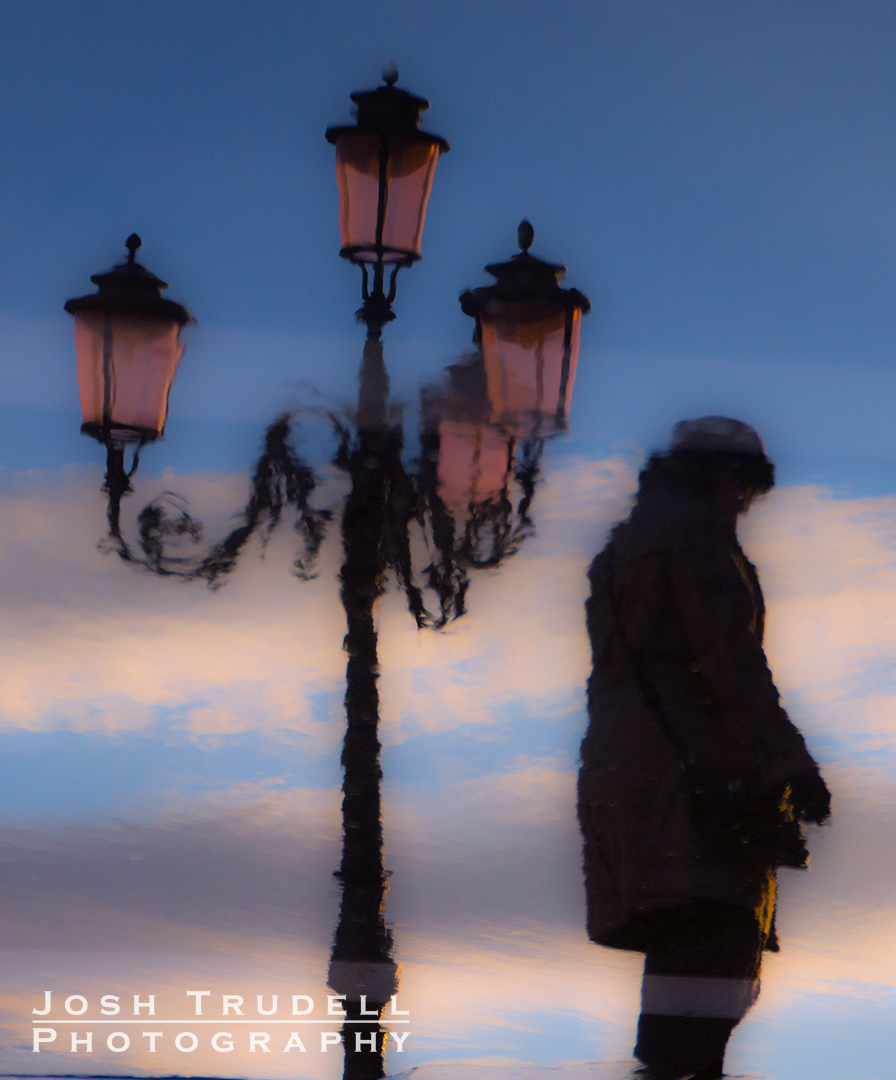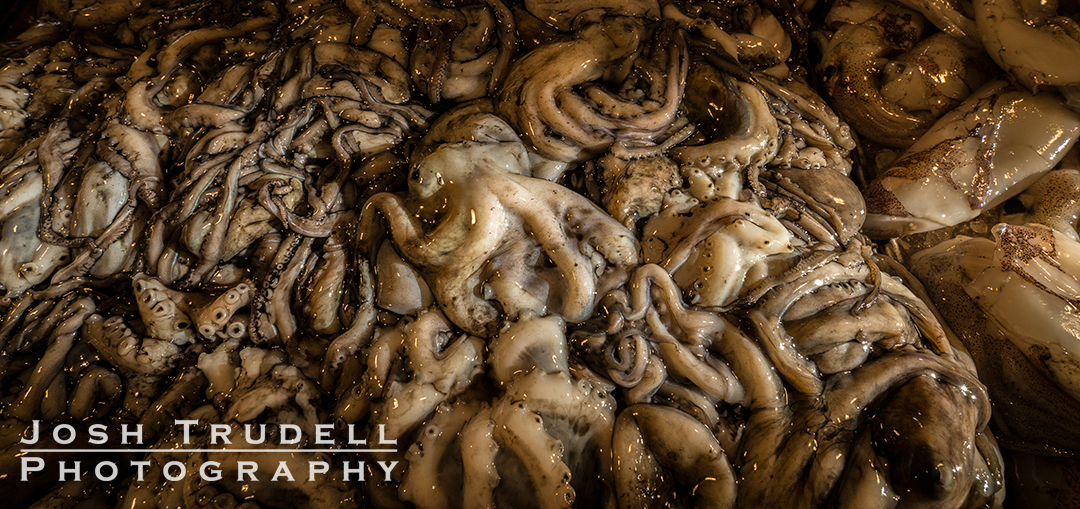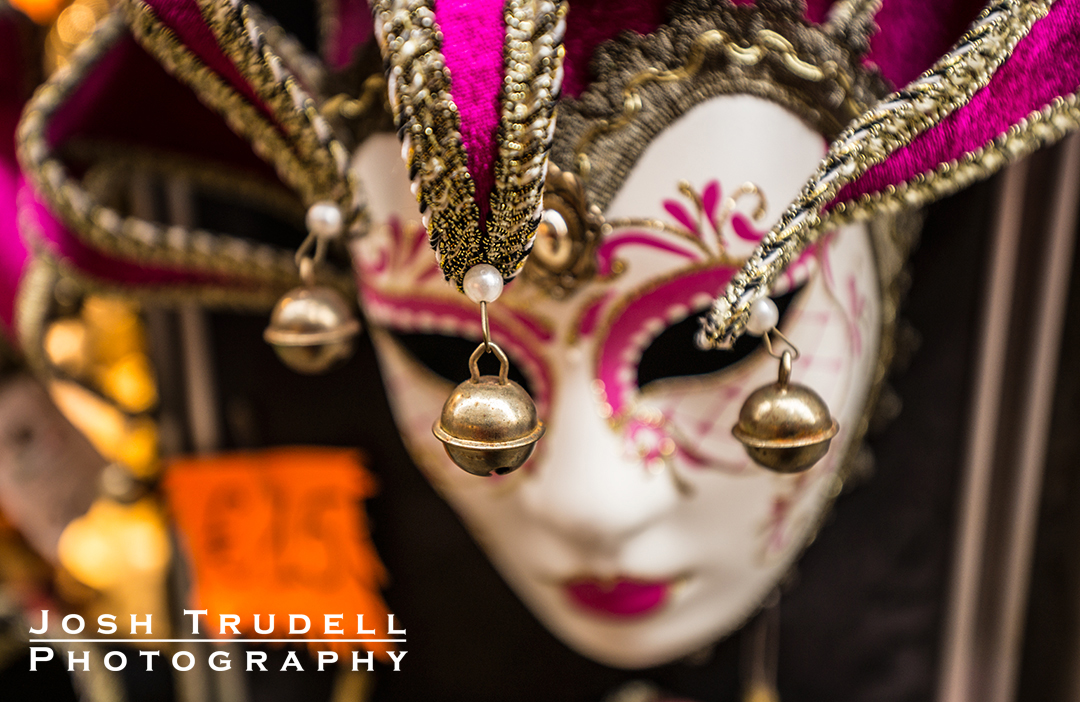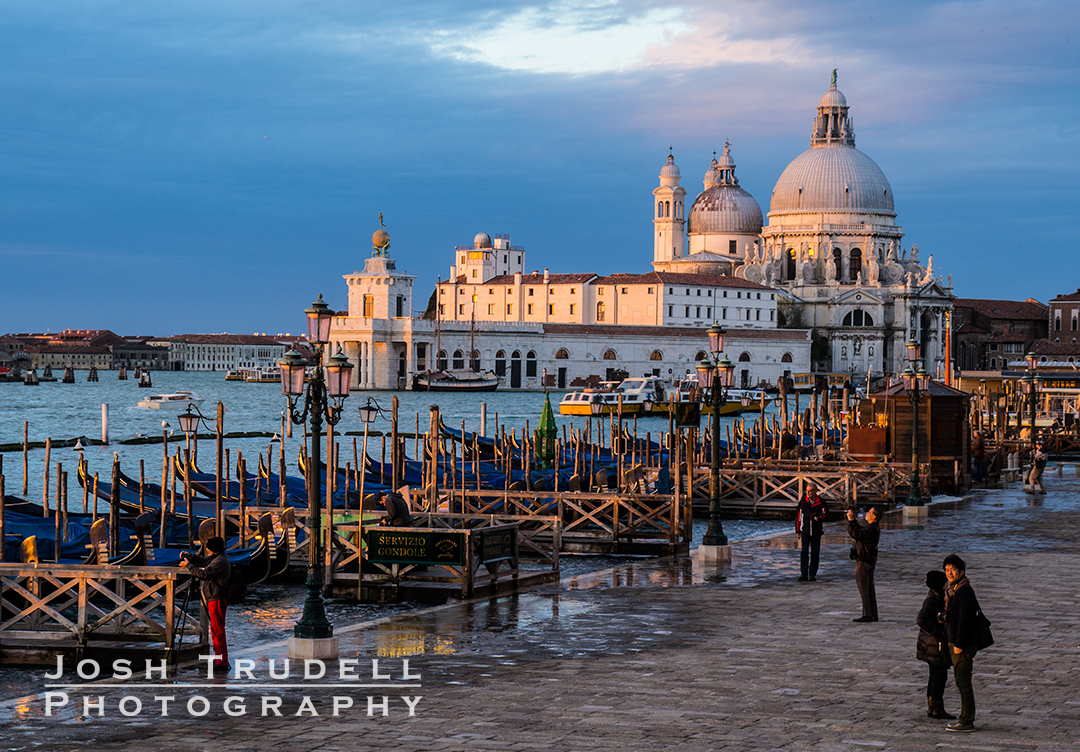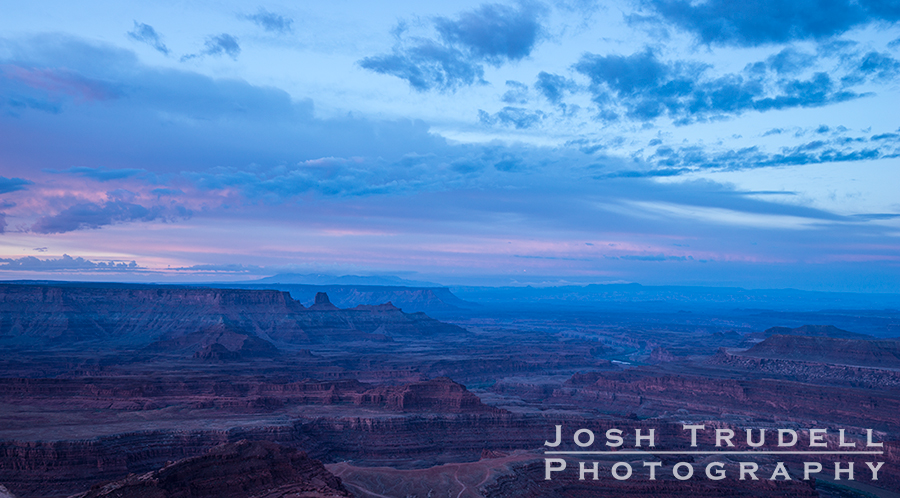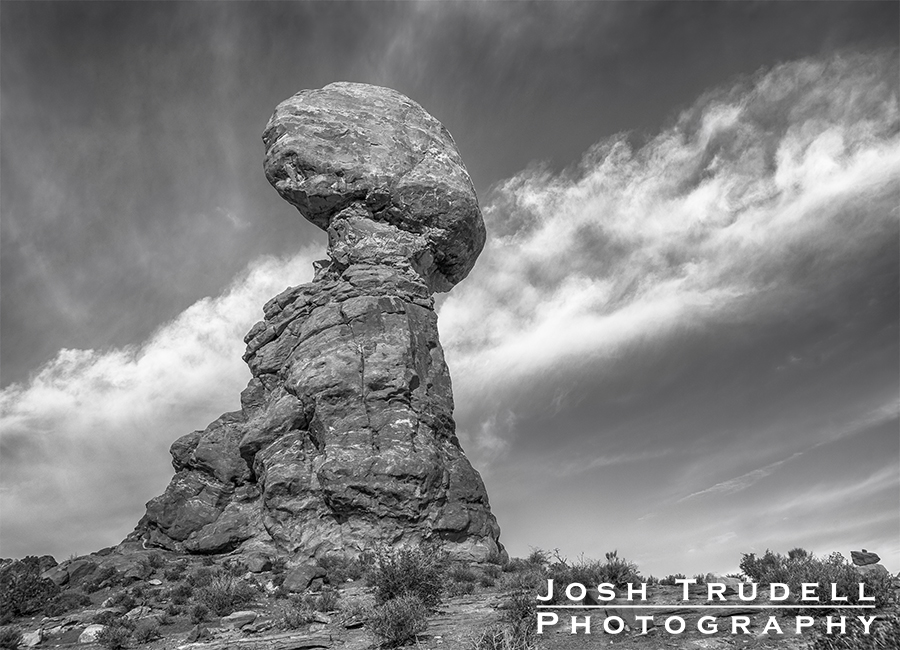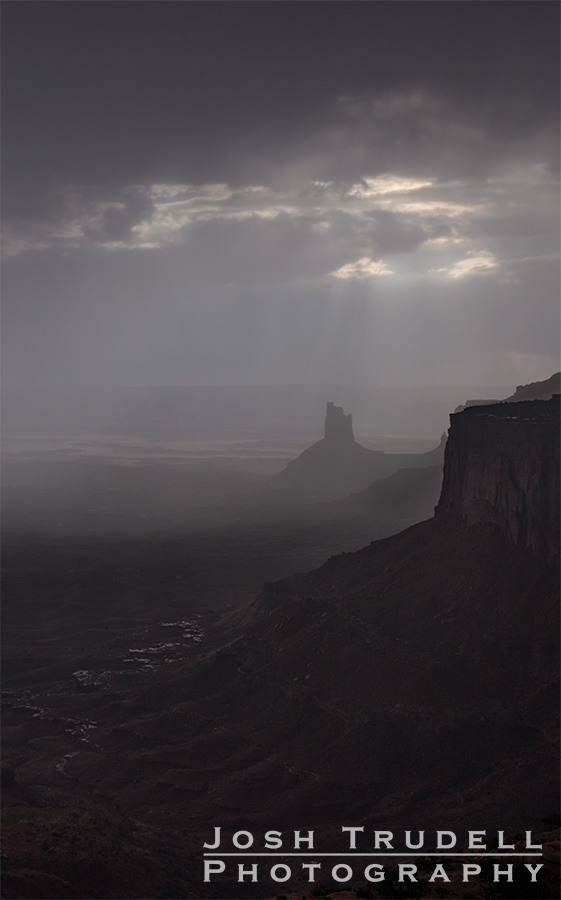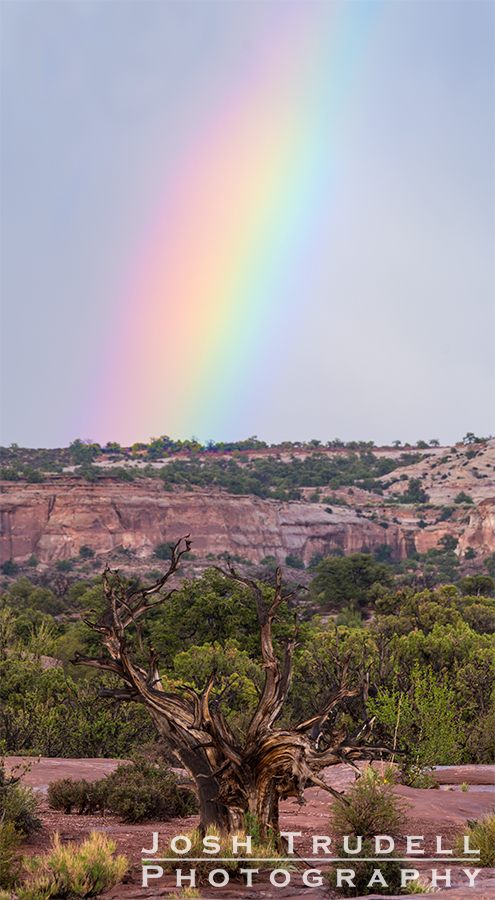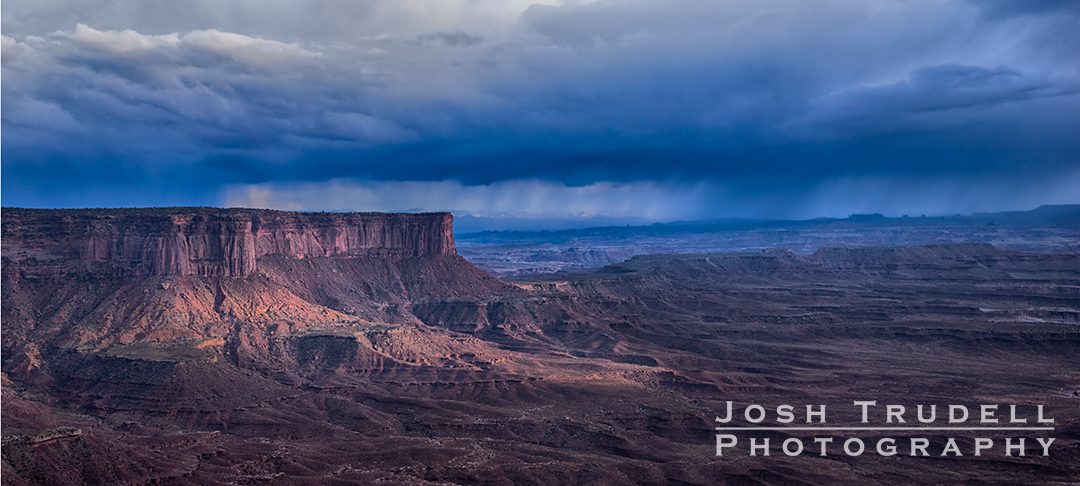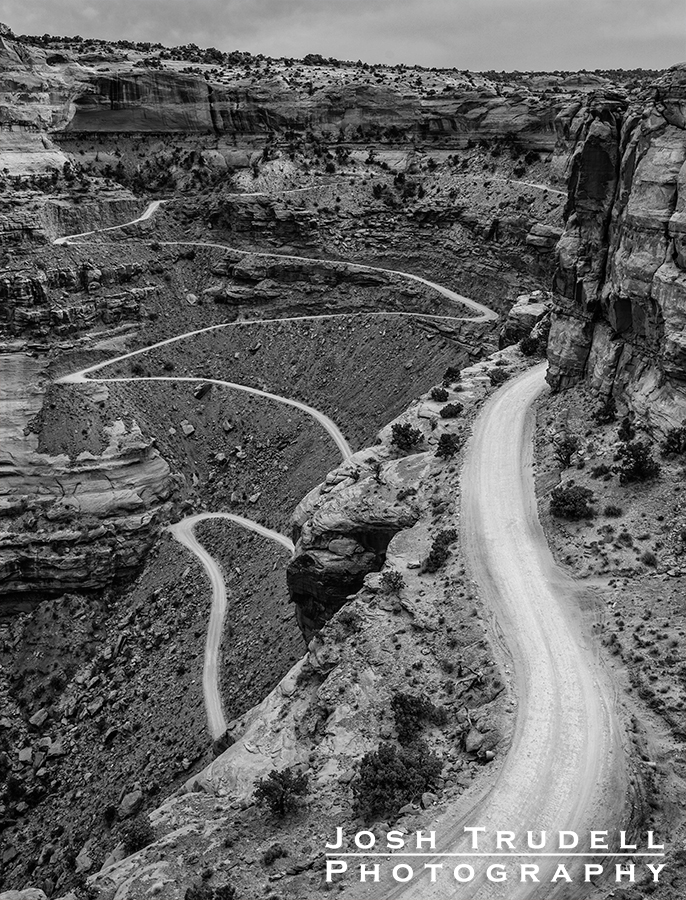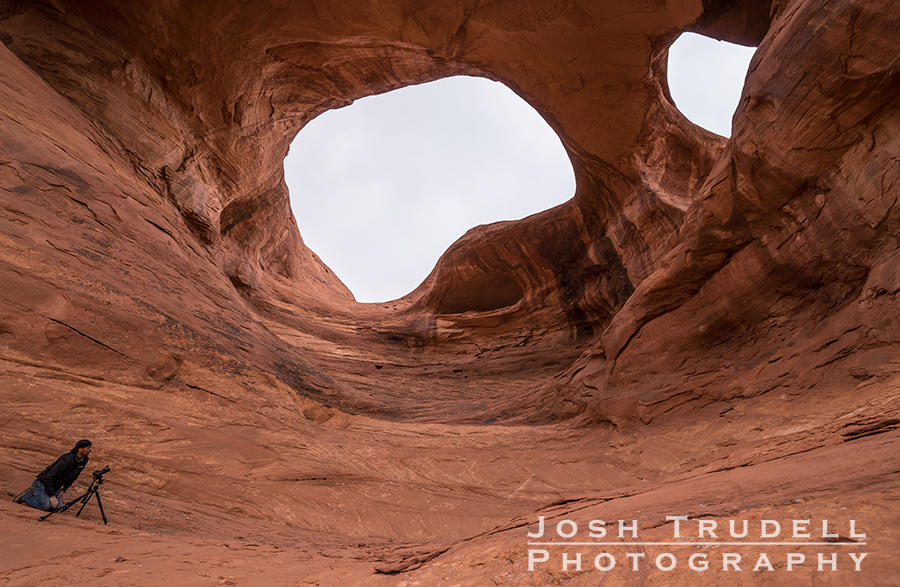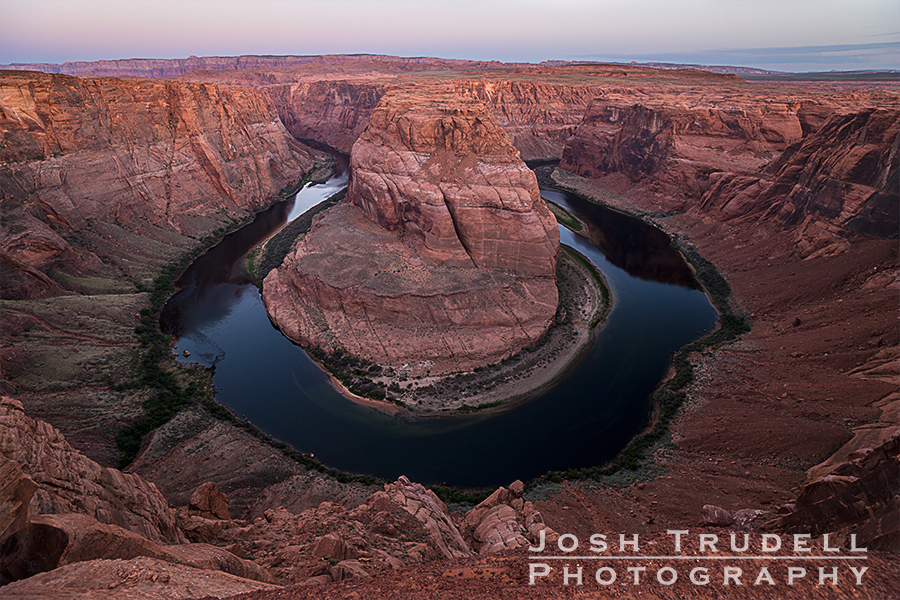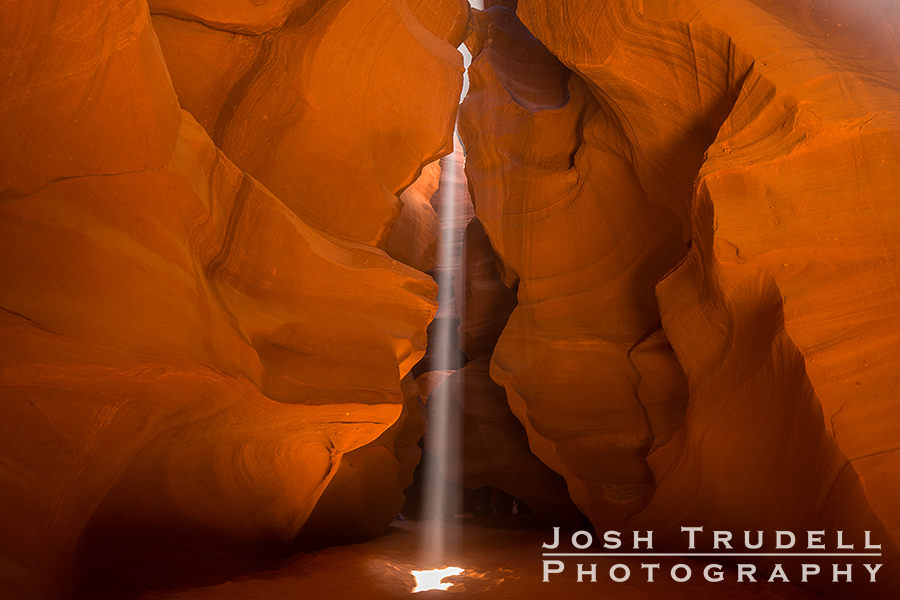 After far too much time, I’m finally getting around to recapping the five-day photo trip I took in May 2013 to Arizona and Utah.
After far too much time, I’m finally getting around to recapping the five-day photo trip I took in May 2013 to Arizona and Utah.
This area has always been high on my photography bucket list – when I drew up my first list, the glowing depths of Antelope Canyon was the first thing I wrote down.
I had a hard time giving myself permission to take the trip, though. Even though I was making some good money freelancing stories and photos for the local newspaper (on top of the Day Job), it seemed like an extravagance.
Talking it out with my wife helped me realize that not only could I go, I could take the next step and set up my own company, marketing outdoor recreation and travel stories with photography.
On New Year’s Eve, I was looking at various photo tours in the Arizona/Utah region when I came across Ian Whitehead. I had seen his site before when daydreaming about these trips, but now that it was more serious, I reached out to him to see what tours he had available.
Five days, four people, Antelope Canyon, Alstrom Point, Hunts Mesa/Monument Valley, and the parks around Moab. Perfect.
I might have pelted him with e-mails to the point of drowning, but he was very patient with me, advising me on all the gear I needed.
Before I knew it, it was early May, and I was flying in Flagstaff. We pick up the story at 0:DarkThirty…
Day 1: Sedona, Arizona-Page, Arizona
Or, it would have been O:DarkThirty, but by the time the O finished yawning and it got to Dark, we were on the road and headed for Page, a two-hour-plus drive.
After a late night flight into Flagstaff and drive into Sedona the night before, it was a slightly sleepy me that got into Ian’s truck for the ride north with the three other photographers – Chris, Bob and Arnold.
With a breakfast stop for sugar and caffeine though, we were good to go.
One of the quirks about traveling through Arizona is the difference in times. I live in Central Time, and Arizona is on Mountain Time, but it doesn’t recognize Daylight Savings. Navajo Nation – the parts of three states that fall under the Native Americans - does support Daylight Savings Time, but Hopi Nation – a smaller state within Navajo Nation – does not.
Coordinate your timepieces. And your codpieces.
Our first day’s schedule was busy – Rattlesnake Canyon, Upper Antelope Canyon and Alstrom Point. We didn’t waste any time hustling up the road to Page, our headquarters for the next couple of nights.
Getting to Antelope Canyon itself can’t be done on your own – you need to hire a Navajo guide. We arrived at the wide spot in the road outside of Page where the tours start and transferred to a large truck.
The truck drove into a big, sandy wash for between one and two miles from the parking lot to our first stop – Rattlesnake Canyon.

Rattlesnake and Antelope canyons are what are known as slot canyons – narrow clefts in the rock that allow for thin beams of sunlight to slip down to the canyon floor, making for some elegant lighting and beautiful images.
Rattlesnake was a good introduction to photographing these – there were virtually no crowds (or room for any crowds). Climbing up a couple of ladders to the shallow slot, we squeezed our way through the narrow passage one at a time, trying to protect lenses and tripods from the walls and each other.
I was using a Sony tripod at this point, but for this canyon, I’d probably use a Gorillapod to save on space.
After about an hour, we drove the rest of the way down the wash to Upper Antelope Canyon – a photographer’s mecca.

There are good things and bad things about meccas – they are wonderful places, and they draw armies of people.
Surrounded by people toting iPods, iPads, point-and-shoots, DSLRS of every make and model, large-format cameras - probably even pinhole cameras - we walked into Upper Antelope Canyon.
The Navajo guides do a fairly good job keeping the groups separated – only rarely did someone from another group stumble into my frame. This was a place where Ian definitely earned his keep, too – getting his group to the right places for dynamic frames, offering exposure tips and making sure we weren’t rushed and/or blocking traffic.
It was tight quarters, though – there are areas where photographers were lined up in murderer’s rows, tripod to tripod with the person next to them.
--SPOILER ALERT--
I’m going to spill a secret here – those beautiful light beams that filter down, framed in swirling dust?
That dust doesn’t get there by itself, folks. The guides spend a lot of time lining people up in good photography spots, then dashing over to the side of the lightbeam (out of the frame, usually) and tossing handfuls of sand into the light as we snap away.
--END SPOILER--
After two hours, we found our way out, cameras full of cool images. Also noticeably dehydrated – it wasn’t baking hot, but the moisture does disappear from the body noticeably out there.
We had a needed siesta, then headed out to Alstrom Point for sunset. Alstrom Point is a remote spot that requires a four-wheel-drive with sturdy tires to get to.

Our four-wheel-drive was lacking in sturdy tires, popping a rear wheel about halfway there. Ian again came to the rescue, changing the tire and getting us out to the point in plenty of time for sunset.
The point overlooks Lake Powell and Gunsight Butte – with just the five of us spread out along the point and no service, it was easy to feel like we were on a different planet.
After sunset, we crawled back into town, exhausted at the end of a long day. We shoveled in food at a local steakhouse and tried to catch some sleep, despite the atrocious karaoke/cover band combination polluting the air from across the street.
DAY 2: Into the Canyon and Up to the Mesa
